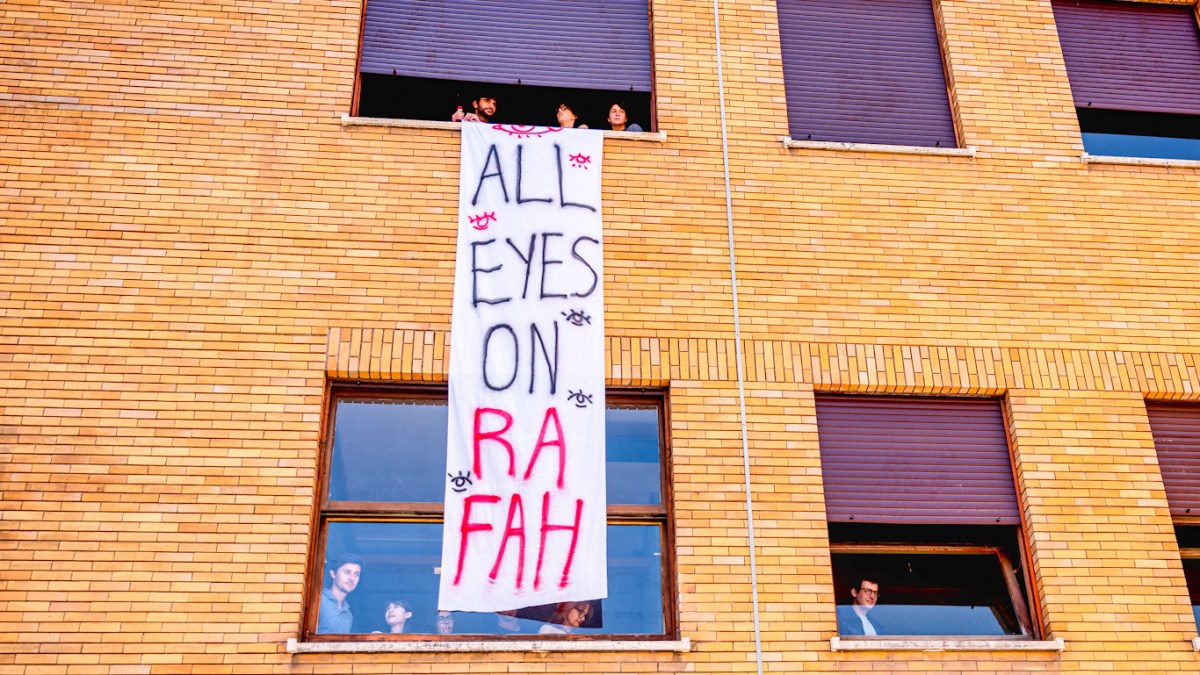Celebrities, influencers, and everyday social media users have all united under the hashtag #AllEyesOnRafah. But what exactly is happening in this corner of the world that has captured the attention of millions?
Rafah, a city in the southern Gaza Strip near the border with Egypt, has become the epicenter of a humanitarian crisis. With Israel‘s announcement of a planned ground operation targeting Hamas’ four brigades believed to be located in the strip, half of Gaza’s two million residents have been forced to flee their homes, seeking refuge in the already overcrowded city. The image that’s gone viral shows an aerial view of Rafah filled with tents meticulously arranged to spell out “All Eyes on Rafah.” Despite being AI-generated, the urgency and reality it represents are very real.
The turning point came on May 26, 2024, when an Israeli airstrike tore through the al-Mawasi neighborhood in western Rafah, claiming the lives of at least 45 civilians. The tragedy was compounded by the fact that al-Mawasi had previously been declared a safe zone. Just days later, another devastating attack on the camps west of Rafah killed more civilians, with women making up the majority of the victims. These incidents, coming on the heels of the International Court of Justice’s order for Israel to halt its offensive, have sparked international outrage and condemnation.
At universities across the United States, including UCLA, Columbia, and the University of Texas at Austin, students, faculty, and broader university communities are increasingly engaging in protests and discussions, particularly concerning the conflict in Gaza and the U.S. role in it. President Joe Biden and the White House have been under increasing scrutiny regarding their policies towards the conflict. However, the White House maintains a specific threshold for its support, citing that Israel has not yet crossed a “red line” that would trigger a reevaluation of U.S. military support.
It’s easy to get lost in the numbers and become numb to the statistics that flash across our screens. But behind every casualty, every displaced person, is a story – a life cut short, a family torn apart, a dream shattered. Regardless of where you stand on this whole Israel-Palestine debacle, there is no denying that the civilians are dying. Since the conflict intensified in October 2023, the Gaza Ministry of Health reports that over 36,000 people have been killed. It’s these stories that the #AllEyesOnRafah movement seeks to amplify.
And as Dolores O’Riordan hauntingly puts it in The Cranberries’ song Zombie:
But you see, it’s not me, it’s not my family
In your head, in your head, they are fighting
With their tanks and their bombs and their bombs and their guns
In your head, in your head, they are crying
It’s just all in your head. So, it might easy to disconnect, to think it’s all just a distant problem and let these stories wash over us as just another tragic news cycle, but let’s resist that urge.

